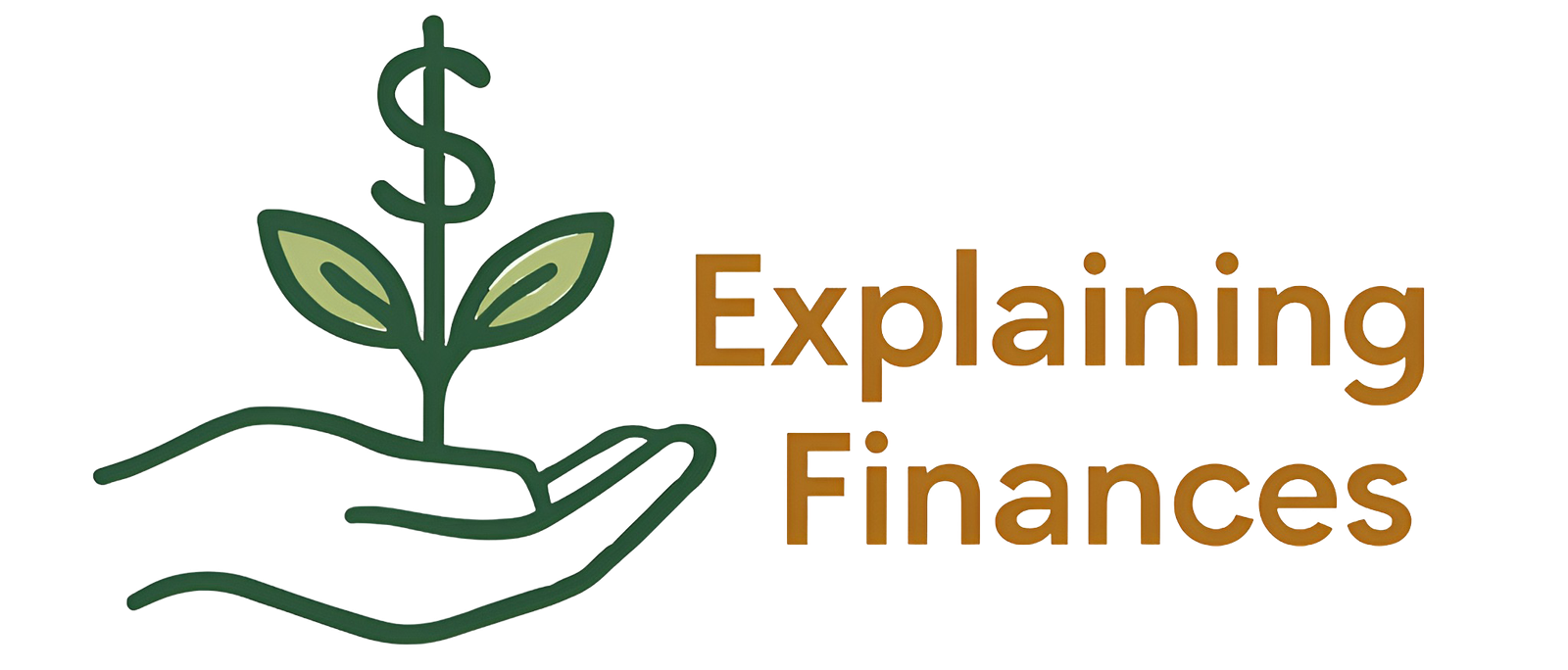Table of Contents
The 1% Mindset
Financial resilience, much like personal resilience, isn’t built overnight. Instead, it’s the result of small, consistent actions repeated over time. This is the core lesson of the 1% Mindset—the power of making incremental progress every day. These are simple actions, easy to implement but also easy to ignore.
Think of building a brick wall. You don’t construct it in a single day. Instead, you lay one brick at a time, with care and precision. Over time, those bricks accumulate, forming a strong and solid structure. The same principle applies to your financial life.
By adopting the 1% Mindset, you focus on improving just a little each day. That might mean saving a small amount, learning a new financial concept, or avoiding an unnecessary expense. These small, daily actions compound over time, creating a significant impact on your financial resilience.

Building Financially Resilient Habits with the 1% Mindset
To build strong financial habits, you need to start with realistic and achievable goals. Trying to change everything at once is overwhelming. Instead, focus on small adjustments that easily fit into your routine. The power of the 1% Mindset lies in consistency, not intensity.
Here are some practical ways to apply the 1% Mindset to your financial life:
✅ Track Your Expenses: Write down all your expenses, even the small ones. This gives you a clear picture of where your money is going.
✅ Create a Budget: Set spending limits for different categories and stick to them.
✅ Automate Your Savings: Set up automatic transfers to your savings or investment accounts.
✅ Increase Financial Knowledge: Read books, articles, and follow financial education content.
✅ Review Your Goals Regularly: Adjust your goals as needed and celebrate small victories.
Remember, the goal is not deprivation—it’s about building sustainable financial habits that allow you to reach your long-term goals.
Overcoming Obstacles with the Power of the 1% Mindset and Resilience
The journey toward financial resilience isn’t linear. There will be setbacks and unexpected challenges. The key to overcoming them is maintaining consistency and the 1% Mindset. Even in difficult times, keep moving forward—one small step at a time.
When faced with financial challenges—such as an unexpected expense or a job loss—it’s essential to stay calm and assess the situation clearly. Look for creative solutions and adjust your budget temporarily if necessary, but never abandon your financial goals.
Financial resilience is about adapting to changes and overcoming challenges. By developing the 1% Mindset, you build a strong foundation to handle setbacks and maintain steady financial progress.
The 1% Mindset in Action: Stories of Financial Resilience and Success
There are countless stories of people who achieved financial success by consistently applying the power of 1%. These are individuals who started with small habits and, over time, achieved impressive results.
One classic example is saving consistently. Imagine someone who decides to save $10 a day. It may seem like a small amount, but by the end of a year, they will have saved $3,650. If they invest that money, compound interest will make it grow even further.
Another example is lifelong learning. Someone who dedicates just 15 minutes a day to learning about investments will accumulate over 90 hours of study in a year. That knowledge will undoubtedly lead to better financial decisions in the long run.
KEY TAKEAWAYS: The 1% Mindset and Financial Resilience
🔹 Small daily changes lead to big results over time.
🔹 Consistency matters more than intensity.
🔹 Financial resilience is built on sustainable habits.
🔹 Even when facing obstacles, keep moving forward—one step at a time.
🔹 Continuous learning is crucial for financial success. By embracing the 1% Mindset, you’re setting yourself up for long-term financial stability, one small habit at a time.
- Caixa Launches Fun Money Game on Roblox
- Easy Ways to Get Robux in Roblox
- Get Free Roblox Items This March
- How to Earn Free Robux Online
- 🍔 Why McDonald’s Became a “Luxury Meal”: The Real Reason Behind the Prices (And How to Beat Them in 2025)
